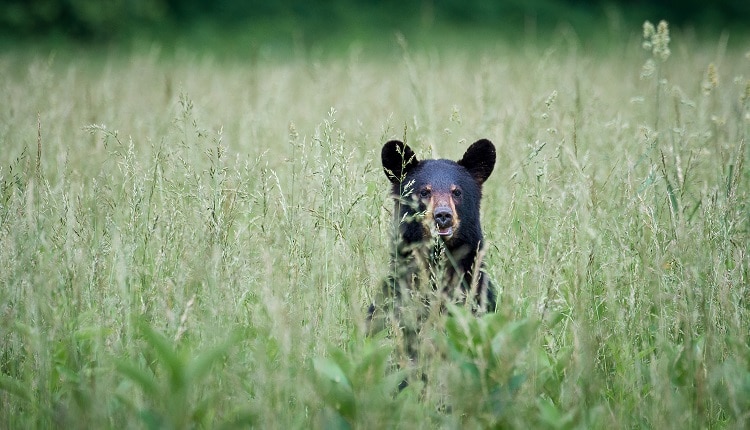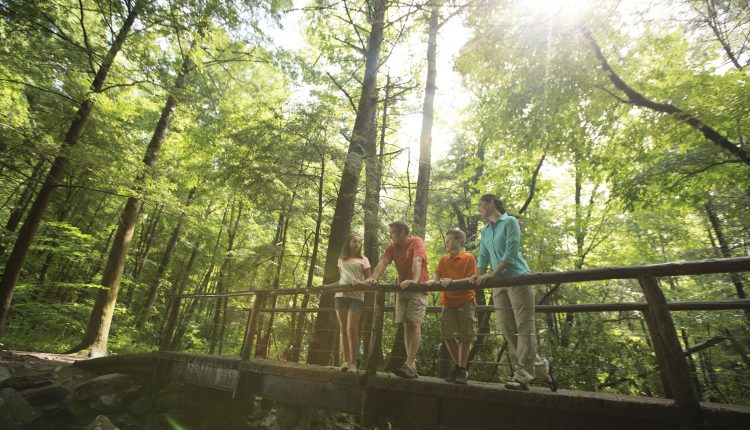Wildlife Safety Tips for Your Outdoor Vacation in the Smoky Mountains
On May 15, 2019
Part of the beauty of Great Smoky Mountains National Park is the wildlife that you may see during your visit. The animals become more active during the spring and summer months as the temperatures grow warmer.
Great Smoky Mountains National Park is a sanctuary to more than 65 different species of mammals including white-tailed deer, elk, raccoons and its most famous animal, the black bear. The park provides the largest protected bear habitat in the East. You also have the opportunity to view over 200 different species of birds throughout the national park.
For some, viewing wildlife brings a feeling of excitement, but remember, these animals are wild and their behaviors can be unpredictable. We’ve put together some wildlife safety tips to help you safely observe animals during your visit to Great Smoky Mountains National Park, while protecting the health of the wildlife and yourself.

Get educated.You will find educational materials at the visitor centers, in the national park’s newspaper, as well as on posted signs throughout the park. How visitors behave while they are visiting the park has a huge effect on the safety of the bears as well as all of the humans visiting.
Stay on marked paths. Check the temporary road and facility closures page on the national park website for Bear Closures or Bear Warnings for known areas with increased bear activity at the time. Remain cautious while you are hiking and stay on the marked paths.

Remain a safe distance. Use binoculars or cameras with telescopic lens for viewing wildlife. This will keep you at a safe distance so that you do not startle or disturb them from their normal routines. And be sure to scan the trees while hiking, as you may see a black bear feeding off the berries or blossoms.
Do not approach wildlife. If an animal comes within 50 yards of you, slowly back away so as to give them plenty of space to make their crossing. Do not try to get closer to get photos or to pet them! It is a federal violation within Great Smoky Mountains National Park to willfully approach a bear within 50 yards or to disrupt/displace them.

Don’t feed the wildlife. As beautiful and intriguing as they are, animals do not need human food. This can lead to unpredictable behaviors from the animals, which in turn can lead to harm to both people and the animals.
And do not litter! Use the bear proof dumpsters and trash cans to dispose of your leftovers. Park rangers patrol the picnic areas during the busy summer months and citations can be issued for littering, improper food storage or feeding bears.
Use these wildlife safety tips to help keep Great Smoky Mountains National Park a safe place to visit!





